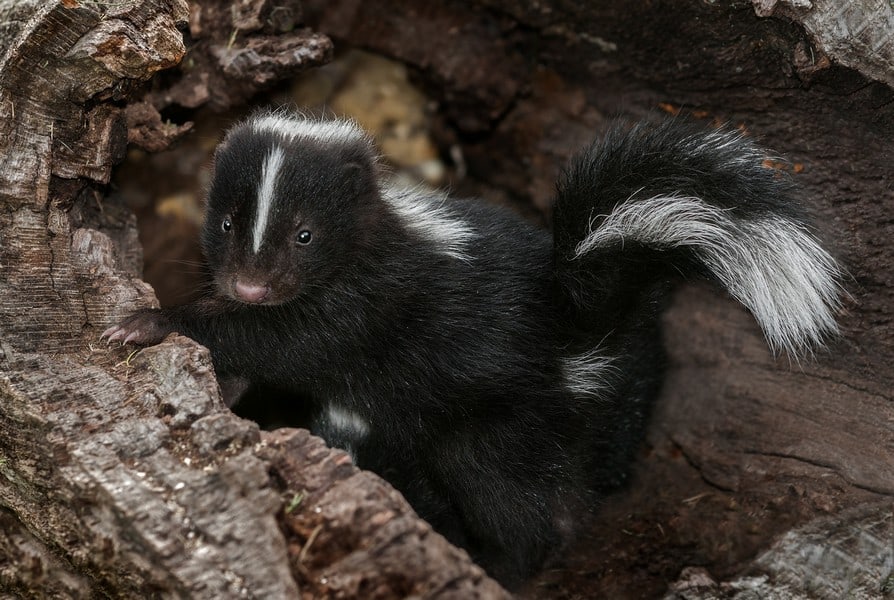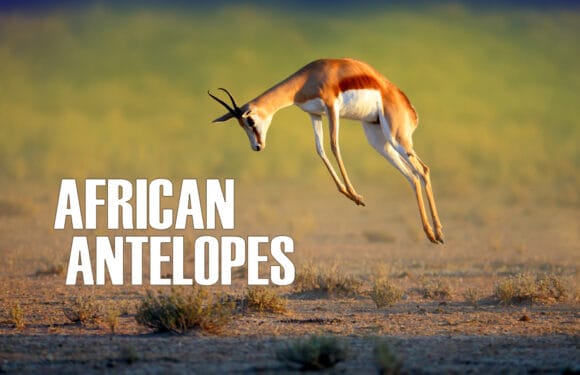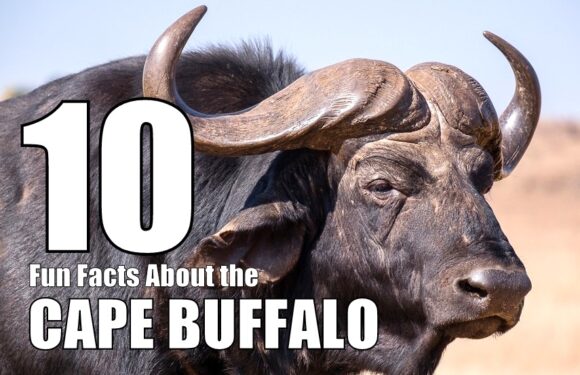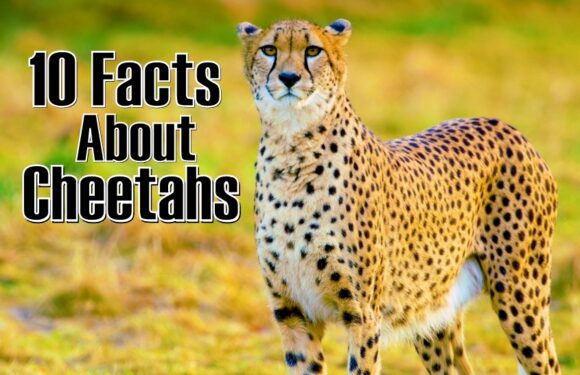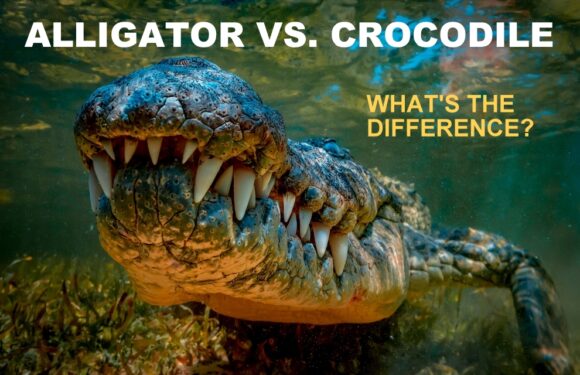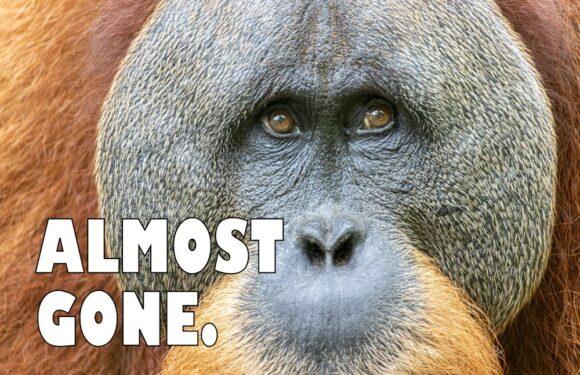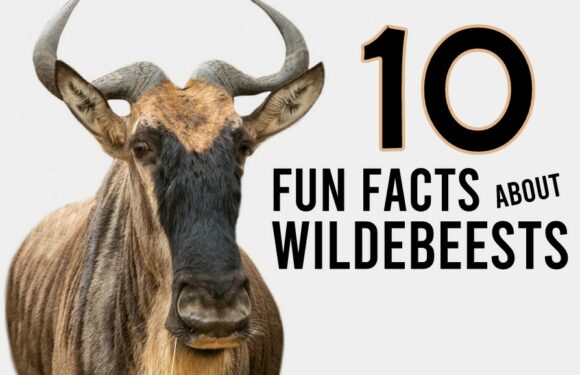
The natural world is a realm of endless wonders, and among its most intriguing aspects is the nocturnal animal. The existence of creatures that are active predominantly during the night is a fascinating adaptation to the environment.
What Does Nocturnal Mean?
Nocturnal means of or pertaining to the night. A person, animals or plant that is active at night is described as nocturnal.
How Many Animals are Nocturnal?
Surprisingly, 70% of mammal species are nocturnal.
20% of mammals, like humans, are diurnal (active in the day). 8.5% of mammals are cathemeral (active irregularly in the day or night, according to prevailing circumstances). And 2.5% of mammals are crepuscular (active primarily at dawn and dusk).
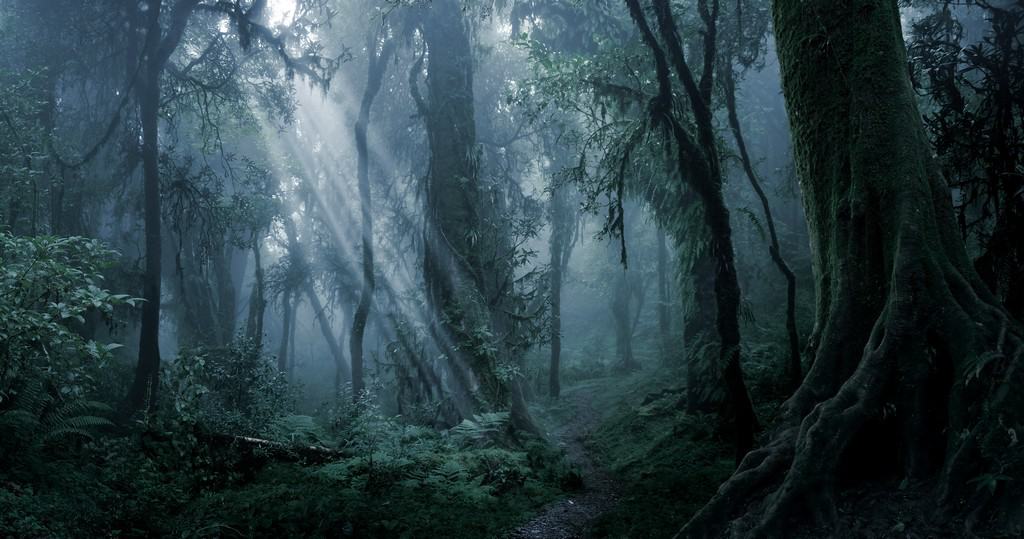
Why are Some Animals Nocturnal?
Nocturnal animals have evolved to become active at night primarily to avoid daytime predators. The dark helps both predators and prey move around a bit more stealthily. This shift also allows them reduce competition, to exploit different food sources and niches that are less accessible or more abundant at night. Cooler temperatures at night in some habitats play a role, as they can be advantageous for animals that need to conserve water or avoid the heat of the day.
Interestingly, mammals are becoming more nocturnal due to the impact of humans. A global study revealed a strong effect of humans on daily patterns of wildlife activity. Animals increased their nocturnality by an average factor of 1.36 in response to human disturbance. Researchers found that the larger the mammal, the greater the effect. This finding was consistent across continents, habitats, taxa, and human activities.

What Adaptations do Nocturnal Animals Have?
Nocturnal animals differ from diurnal animals in several ways. While diurnal animals rely heavily on daylight to conduct their activities, nocturnal animals have adapted to a life mostly in darkness. This difference influences their behavior, physiology, and even physical characteristics.
Enhanced Senses
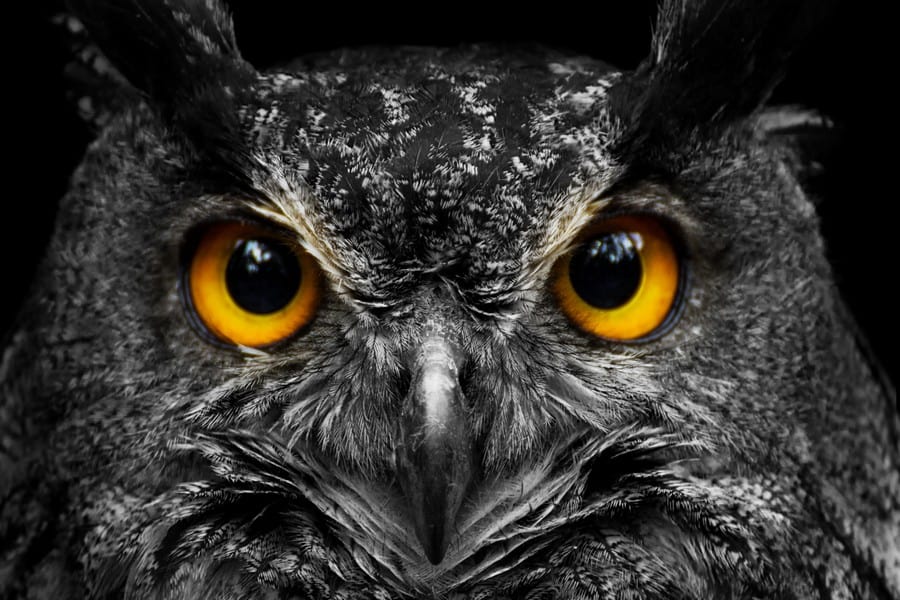
One of the most critical adaptations for nocturnal animals is enhanced vision. Many species, such as owls and certain big cats, have large eyes relative to their body size, allowing more light to enter and enhancing their ability to see in low-light conditions. Additionally, a layer behind the retina called the tapetum lucidum reflects light back through the retina, increasing the light available to the photoreceptors and improving night vision.
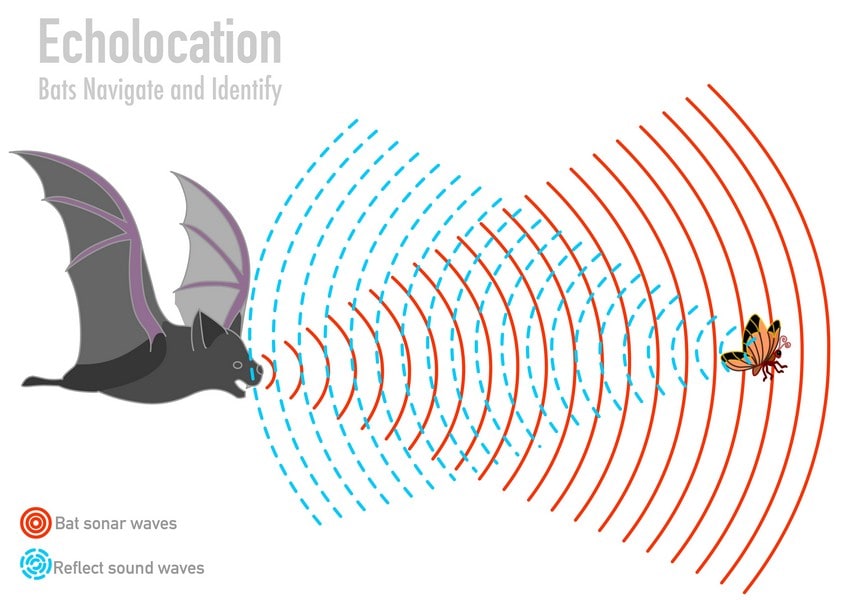
Apart from vision, nocturnal animals often have highly developed other senses to navigate and hunt in the dark. Bats, for instance, use echolocation to locate prey and navigate through pitch-black environments, while many rodents have whiskers that are highly sensitive to touch and vibrations. Some snakes, like pit vipers, use heat-sensitive pits to detect warm-blooded prey in total darkness.
Camouflage and Stealth
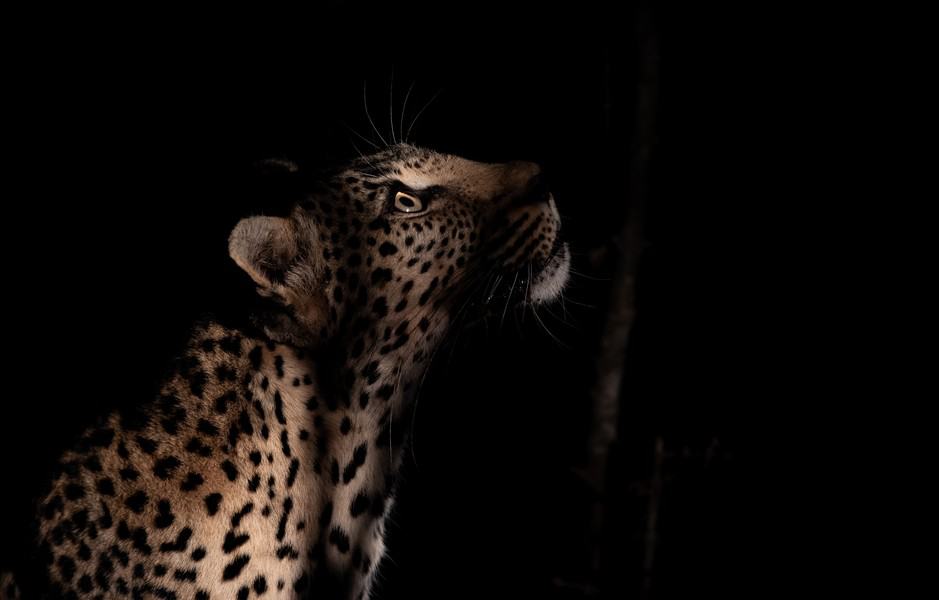
Nocturnal animals often exhibit different camouflage adaptations compared to diurnal animals. They have muted, dark, or patterned coloration that aids in camouflage during the night. This adaptation applies to both predators and prey. Under the cover of darkness, they can move unseen or blend into the shadows more effectively than during daylight.
Stealthy movement is another adaptation. Nocturnal animals often exhibit slow and deliberate movements to avoid detection. This is particularly important when hunting prey or avoiding predators that rely heavily on sound. Leopards have padded paws that enable them to approach their prey quietly. Owls have special feather adaptations that allow them to fly almost silently, making them formidable hunters.
Dietary Adaptations
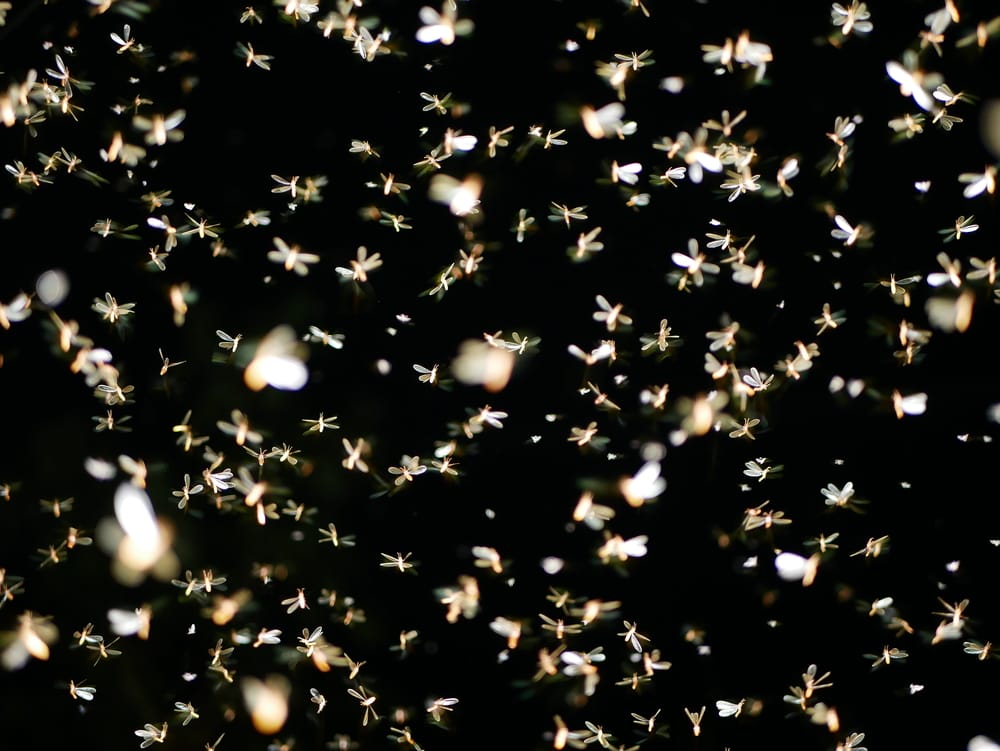
The diet of nocturnal animals often includes food sources that are more available or only available at night. Moths and other nocturnal insects, for example, are a primary food source for many nocturnal predators, including bats and nightjars.
Reproductive and Social Behaviors
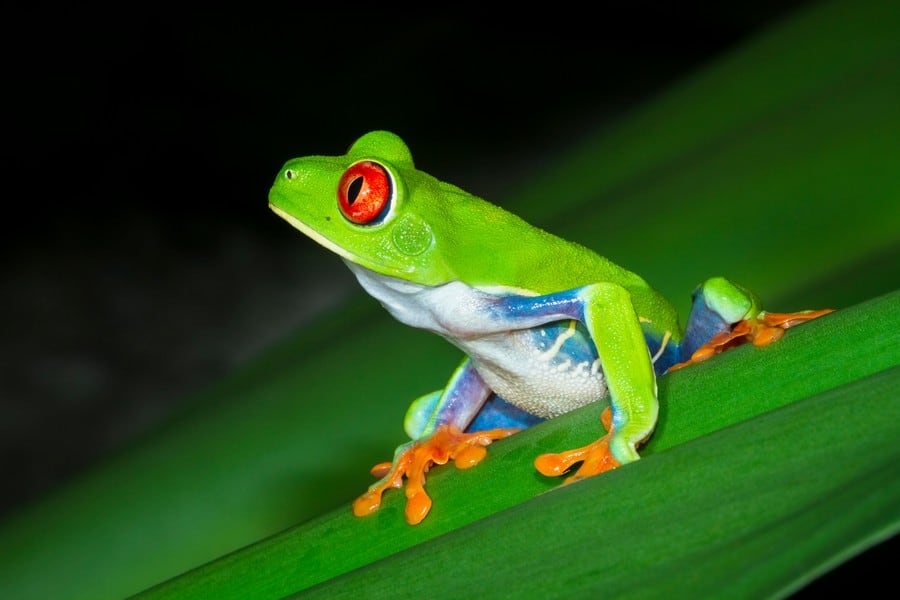
Nocturnal animals have also adapted their reproductive and social behaviors to suit their night-time activity. For instance, the courtship and mating rituals of many nocturnal species are timed to occur at night when they are most active.
Some nocturnal animals, like certain species of frogs and crickets, use sound to attract mates and communicate in the darkness, developing unique calls that can be heard over long distances.
What Animals are Nocturnal?
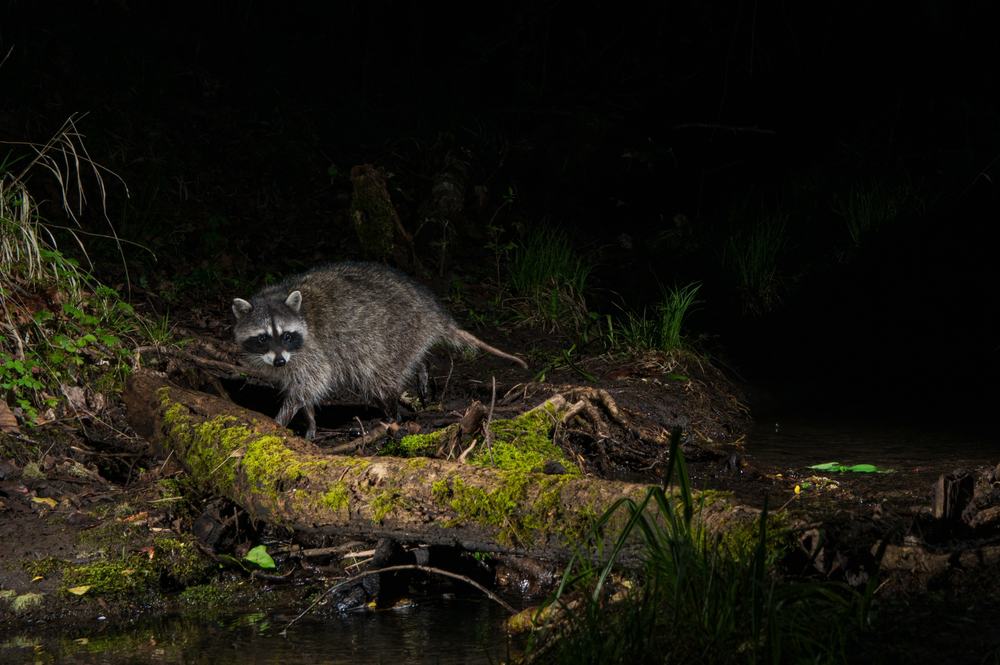
Here is a list of some popular nocturnal animals:
- Raccoons: Adaptable omnivores with a penchant for nocturnal mischief
- Owls: Masters of the night sky, known for their silent flight and keen hunting skills.
- Bats: The only mammals capable of true flight, playing crucial roles in pollination and insect control.
- Hedgehogs: Small mammals with a distinctive coat of spines, foraging for insects at night.
- Koalas: While not strictly nocturnal, these Australian marsupials are more active and feed during the night.

- Opossums: America’s only marsupial, often seen scavenging in urban areas after dark.
- Fireflies: Insects known for their bioluminescent tails, used for communication in the dark.
- Skunks: Known for their defensive spray, they are active at night searching for food.
- Mice: Typically forage for food at night to avoid predators.
- Panthers: Enigmatic wild cats that are most active during twilight hours.
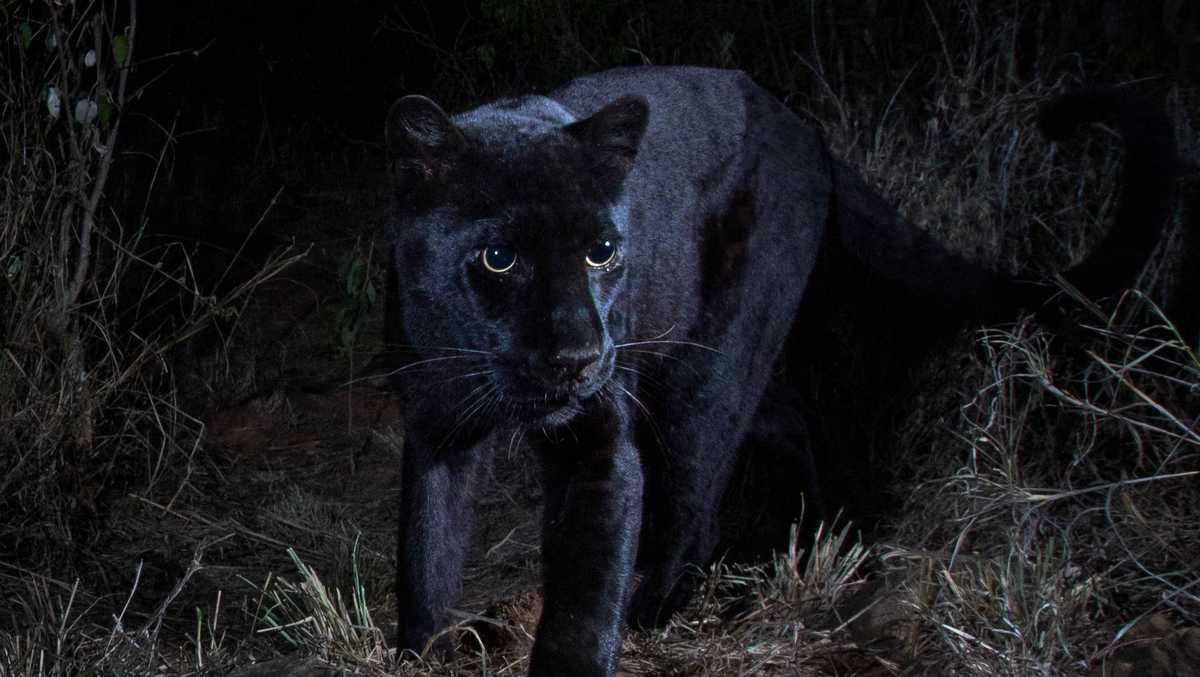
- Tarsiers: Tiny primates with enormous eyes, adept at catching insects and small animals at night.
- Night Monkeys: The only truly nocturnal monkeys, found in the rainforests of South America.
- Kinkajous: Rainforest mammals from Central and South America, with a nocturnal and arboreal lifestyle.
- Wombats: Australian marsupials that come out at night to graze on grasses and roots.
- Flying Squirrels: Although not capable of true flight, these squirrels glide between trees at night.
What are Nocturnal Animals Live in Africa?

Here are some nocturnal animals you may see on an African safari:
- Leopard: Stealthy predators, adept at hunting under cover of darkness, known for their agility and strength.
- Lions: These big cats are not strictly nocturnal, but they are most active at night.
- Bushbaby: Small primates with large, expressive eyes, adept at leaping between trees in search of insects and fruits.
- African Wild Cat: The ancestor of the domestic cat, this small feline is a proficient nocturnal hunter of small mammals and birds.
- African Civet: A solitary and elusive mammal known for its striking coat pattern, foraging on the ground for a variety of foods.
- Galagos (or ‘Night Monkeys’): Agile tree-dwellers with acute hearing and vision, feeding primarily on insects and fruits.

- Serval: Medium-sized wild cats with long legs and spotted coats, hunting rodents and birds at night.
- Cape Porcupine: The largest rodent in Africa, known for its defensive quills and nocturnal foraging habits.
- Honey Badger: Famed for their toughness and tenacity, these small mammals are effective nocturnal hunters.
- Aardvark: Unique, solitary animals with pig-like snouts, feeding on termites and ants at night.
- Genet: Cat-like carnivores with long tails and spotted coats, adept at climbing and hunting small prey.

- Bat-Eared Fox: Named for its large ears, which it uses to locate insects, its primary food source.
- Spotted Hyena: Known for their ‘laughing’ call, these skilled hunters and scavengers are active mostly at night.
- Springhare: Rodent-like creatures that resemble kangaroos, known for their powerful hind legs used for jumping.
- Black-Backed Jackal: Opportunistic omnivores, known for their cunning behavior and adaptability.
- African Pangolin: Elusive, scale-covered mammals that use their strong sense of smell to find ants and termites at night.
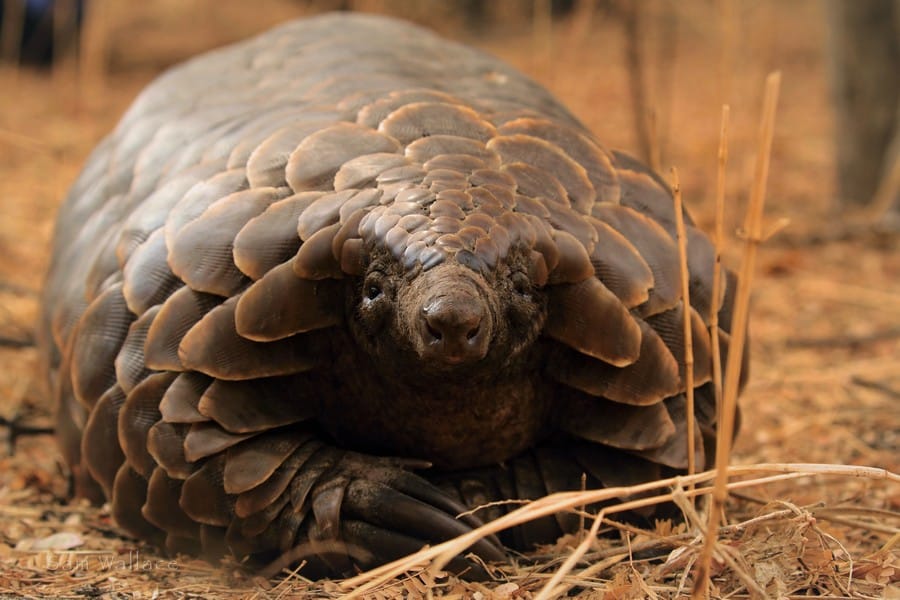
- Lesser Bushbaby: Smaller than other bushbaby species, known for their incredible jumping ability and insectivorous diet.
- African Owl Species: Various species like the Spotted Eagle-Owl and Barn Owl, playing crucial roles in ecosystem balance as nocturnal predators.
- Nile Crocodile: Although not exclusively nocturnal, these apex predators often hunt at night, lying in wait for prey.
- African Elephant Shrew: Small insectivorous mammals with elongated snouts, active at night to avoid predators.
- Striped Polecat: Resembling a skunk, this small carnivore is known for its striking coloration and nocturnal hunting habits.
